We are convinced that you know a lot about the planets of the Solar System and we can hardly tell you something you have not heard before, but still, in order to be a real website, and for our heading to be complete, we need to pay attention to this topic. And secretly we hope you will still learn something new from us. So let’s start …
The Solar System is a group of astronomical objects including the Sun and all the objects of orbit around it – asteroids, comets, planets, dwarf planets, satellites, interplanetary dust and gas. All of them were formed in the collapse of a molecular cloud about 4.6 billion years ago.
The major part of the mass of objects in orbit is contained in the eight relatively distant planets whose orbits are circle-shaped orbits lying on an almost flat disk called the ecliptic. The four smaller internal planets (Mercury, Venus, Earth, and Mars), termed Earth-like planets, are composed mainly of rocks and metals. The four outer planets (Jupiter, Saturn, Uranus and Neptune), called gas giants, are more massive and consist predominantly of hydrogen and helium.
The Solar System also includes two areas with a concentration of smaller objects. The asteroid belt, located between the orbits of Mars and Jupiter, is similar in the composition of the Earth-like planets, and the Kuiper belt – located outside of the orbit of Neptune, contains objects composed mainly of frozen water, ammonia and methane.
About five objects in these two areas are believed to be massive enough to be rounded off by their own gravity, so they are classified as dwarf planets – these are Ceres, Pluto, Haumea, Makemake and Eris. In orbit around six of the planets and three of the planets dwarfs are moving natural satellites, and the outer planets have planetary rings of dust and other particles. Although the farthest planet is more than 4,000 billion kilometers from Earth, all eight planets can be seen in the night sky using a telescope or binoculars – as long as you know where to look for them!
Mercury
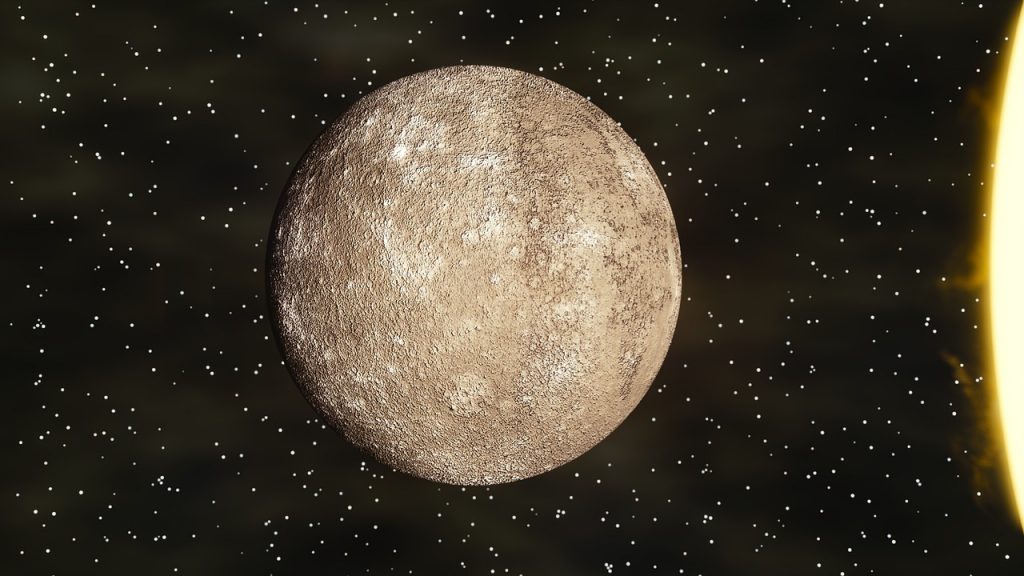
Mercury’s recorded observations date back at least from the first millennium BC. Before the 4th century BC ancient Greek astronomers consider the planet as two separate objects – one visible at sunrise, which they called Apollon and the other at sunset they called Hermes. Mercury’s astronomical symbol, a circle over a short vertical line with a cross below and a semi-circle above, is a stylized image of the Hermes Caduceus.
Mercury is 57.9 million kilometers from the Sun.
Venus
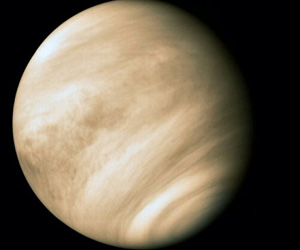
It is the hottest planet in the solar system with surface temperatures above 400 ° C. This is believed to be due to the amount of greenhouse gases in the atmosphere. Venus is named after the Greek goddess of love and beauty.
Venus is 108 million kilometers away from the Sun.
Earth
Earth is the largest and densest of the four inner planets, only here the scientists are sure that there are geological activity such as earthquakes and volcanoes. It is the only planet on which it is certain that there is life. Its hydrosphere (oceans and seas) is unique among Earth-type planets.
Earth’s atmosphere is fundamentally different from other planets and it is the only one which has been altered by the presence of life, so now it contains 21% of oxygen, the extremely necessary element for people to live!
Earth has a natural satellite, the Moon, the only large satellite of Earth-like planet in the Solar System.
The Earth is 150 million kilometers away from the Sun.
Mars – The Red Planet
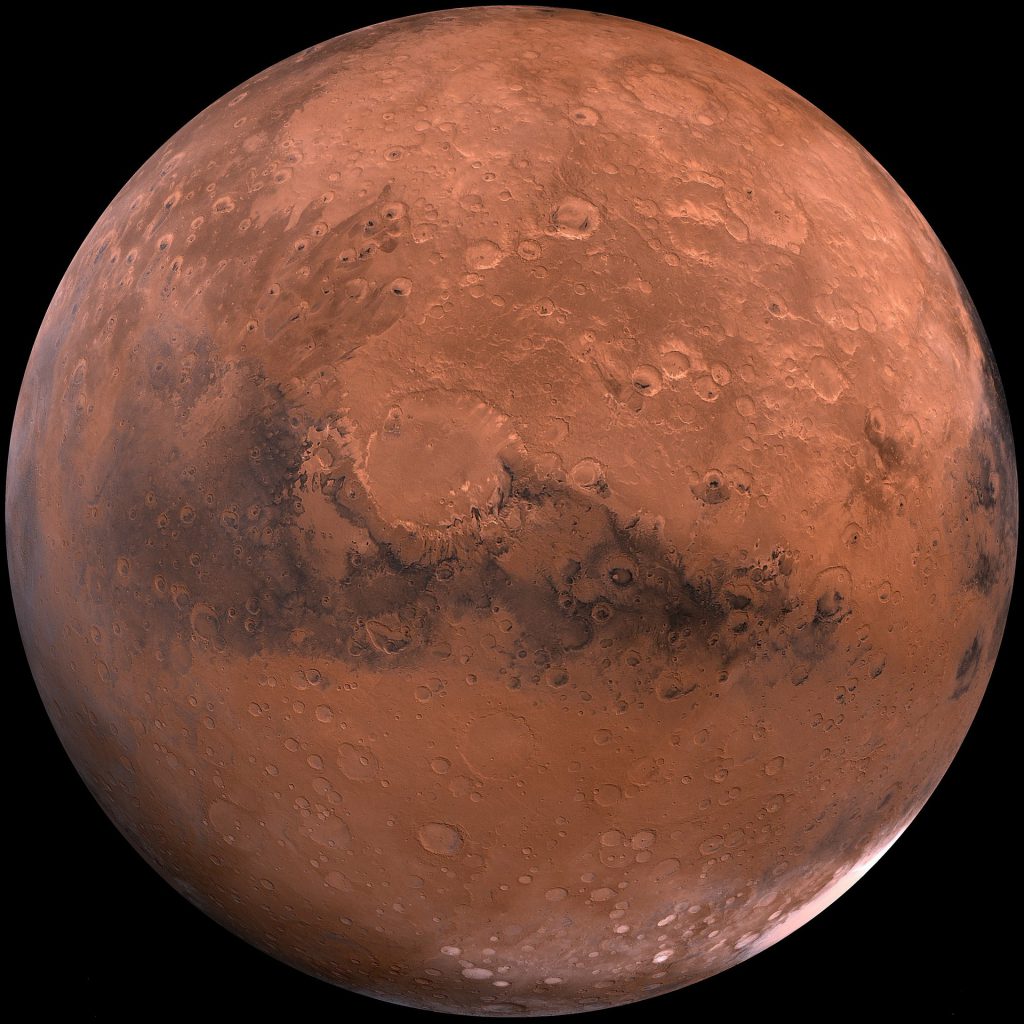
NASA has released several unmanned robotic probes on Mars called Mars Rovers. These probes allow NASA scientists to explore the planet, take pictures, analyze the soil, and conduct experiments.
Mars is named after the Greek God of War. It was called the Red Planet in the past as most of its surface is covered with reddish rocks, dust and soil.
Mars is 228 million kilometers away from the sun.
Jupiter
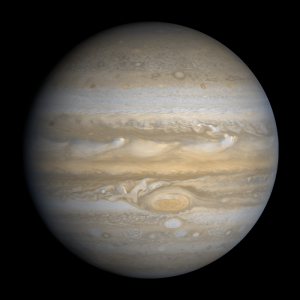
The big red spot that is seen on Jupiter is actually a storm that rages for hundreds of years!
Jupiter has been known to mankind since ancient times, and is present in the beliefs and mythologies of many cultures. The planet is named after the Romans and carry the name of god Jupiter from their mythology. In Greek mythology, this is the main God, the thundering Zeus. Therefore, the astronomical symbol is a stylized flash image. Viewed from Earth, Jupiter has a magnitude of -2.94, making it the brightest object of the night sky after the Moon and Venus.
The main part of its total mass is hydrogen and quarter – helium. The presence of core is not confirmed, but rocks may exist and consist of heavy elements. The rapid rotation of the planet gives it the form of a flattened spheroid. The outer atmosphere is visibly divided into different belts depending on the latitude and distance from the equator, with cyclones and storms constantly forming in the transition areas between the belts.
One such storm is the Great Red Spot, a huge hurricane which existence was recorded in the first observations of the planet in the 17th century. The planet has an almost inconspicuous particle ring, and an extremely powerful magnetosphere. So far, 63 moons have been registered, of which the largest – Ganymede – is larger than Mercury. Ganymede is one of the four so-called Galilean satellites discovered by astronomer Galileo Galilei in 1610.
Jupiter has been the subject of research by several unmanned spacecraft, and some of its big moons, such as Europa, are of interest to astronomers because of the probability of water being below its surface.
Jupiter is 779 million kilometers away from the sun.
Saturn – the Lord of the Rings
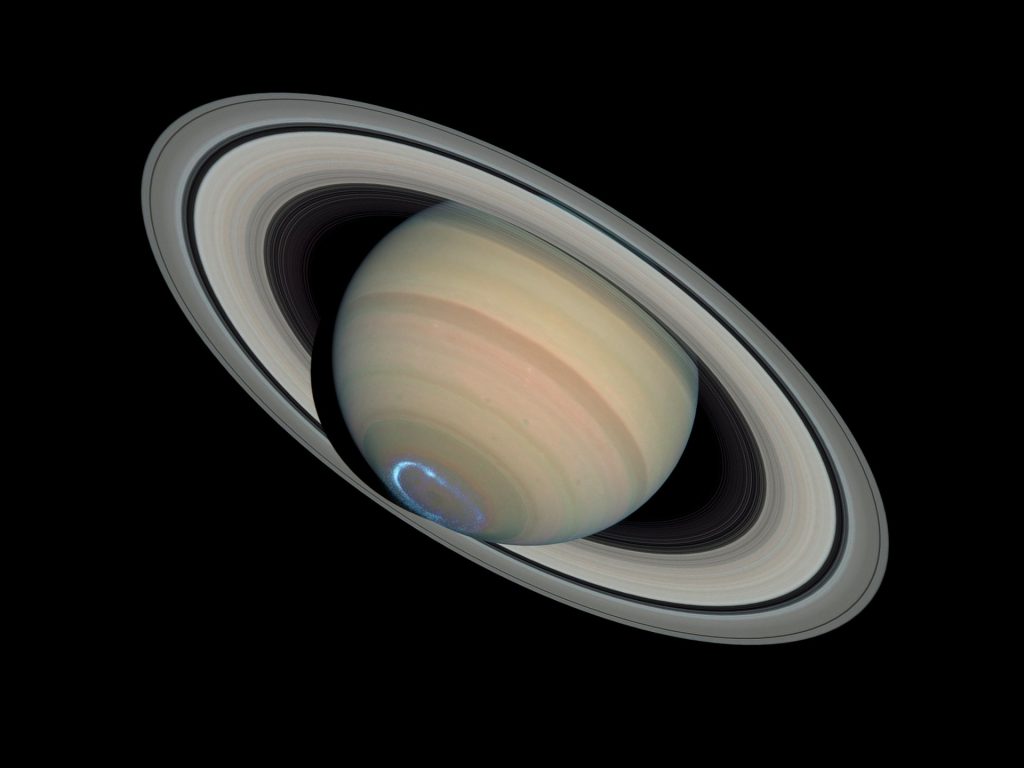
The Saturn rings are extremely thin: although they are 250,000 km or more in diameter, they are less than one kilometer thick. The particles in the rings seem to consist mainly of water and ice, but they can also include rock-covered particles covered with ice.
Saturn is 1.43 billion kilometers away from the Sun.
Uranus

Although it is visible to the naked eye like the five classic planets, Uranus is not seen by ancient astronomers because of its dim light. Sir William Herschel announced the discovery on the planet on March 13, 1781, expanding the boundaries of the known Solar System for the first time in modern history.This is the first planet discovered using a telescope.
Uranus and Neptune have a different internal structure and atmospheric composition than the large gas giants Saturn and Jupiter. That’s why astronomers place them in a different class called “ice giants.” The atmosphere of the planet contains mainly hydrogen and helium, as well as water, ammonia and methane along with traces of other hydrocarbons. The atmosphere of Uranus is the coldest in the Solar System with a minimum temperature of -225 ° C. Clouds are structured in layers, the lower ones contain plenty of water, and higher methane.
Uranus is 2.88 billion kilometers away for the Sun.
Neptune

Discovered on September 23, 1846, Neptune is the first planet whose existence is proven by mathematical calculations rather than by empirical observations. Unexpected changes in Uranus’ orbit lead astronomer Alexis Bury to the thought that Uranium orbit is subject to gravitational disturbances on another planet that has not been known until then. Neptune was subsequently discovered by Johann Gal in a position predicted by Urbain Le Verrier, and the largest companion, Triton, was discovered shortly thereafter.
The atmosphere of Neptune is mainly composed of hydrogen and helium with traces of methane. Methane in the atmosphere is the cause of the blue color of the planet, but because Neptune’s color is much brighter than that of Uranus, which has the same amount of methane, it is believed to have another ingredient that gives it such a rich color. Neptune has the strongest winds in the solar system reaching a speed of 2,100 km / h.
Neptune is 4.49 billion kilometers away for the Sun.
Pluto and the Other Dwarf Planets

By the middle of 2008, five smaller objects were classified as dwarf planets.
But what about the Moon?
The Moon is definitely not a planet. It is one of more than three hundred smaller celestial bodies that orbit the planets of the Solar System.
The Moon is the first such celestial body that people knew at least because it has always been visible from Earth! After 1665, when astronomers observed moons around other planets, the word “moon” began to be used as a collection term for all of them.Scientists know more about the Moon than about any other planet or celestial body in the Solar System because it is the only other world people have ever visited. Between 1969 and 1972, twelve cosmonauts visited the Moon and made explorations, experiments, and gathering stones and soil to help us learn more.
The Moon has a gravitational pull on the Earth and it is the one that causes the tides of the ocean. The Latin name of the moon is Luna, and it is about 240,000 miles away from Earth.
So How Big is The Solar System?
Well, the Solar System is so big that scientists have been forced to create a new unit to measure its distance. It is called an astronomical unit and is based on the average distance between Earth and the Sun, or approximately 150 million kilometers. For example, Mercury, the planet closest to the Sun, is at a distance of 0.39 astronomical units(AU). It does not sound so much. But what about the planet farthest from the Sun?
Even that Pluto is no longer officially a planet, it is still part of the Solar System and is at 39.2 astronomical units, which is equal to … We are sorry, but it is hard to calculate it! However, we come to the conclusion that our Solar System is about 39.2 astronomical units. Yes but No!
It extends far beyond Pluto, which is located in the Kuiper belt, a place full of many dwarf planets. In addition, astronomers know that the solar wind travels far into outer space, where eventually encounters interstellar space, the coldest and darkest place in the Galaxy.
This point is also known as “bow shock,” and scientists believe it is approximately 122 astronomical units from the Sun. So for them, this is the exact size of the Solar System.
The problem is, however, that no one can imagine how big this is! Now you understand why the Cosmos is endless! The Universe is really an amazing place!
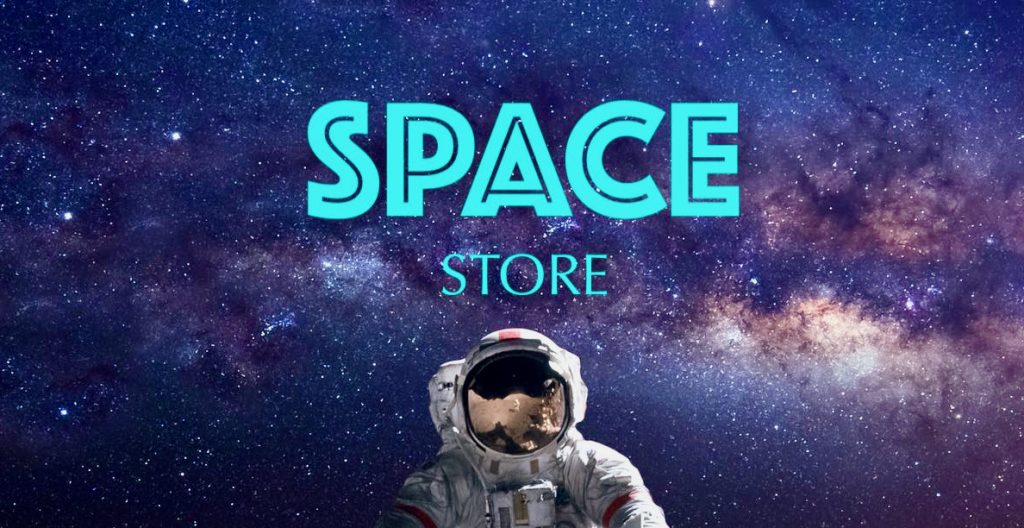


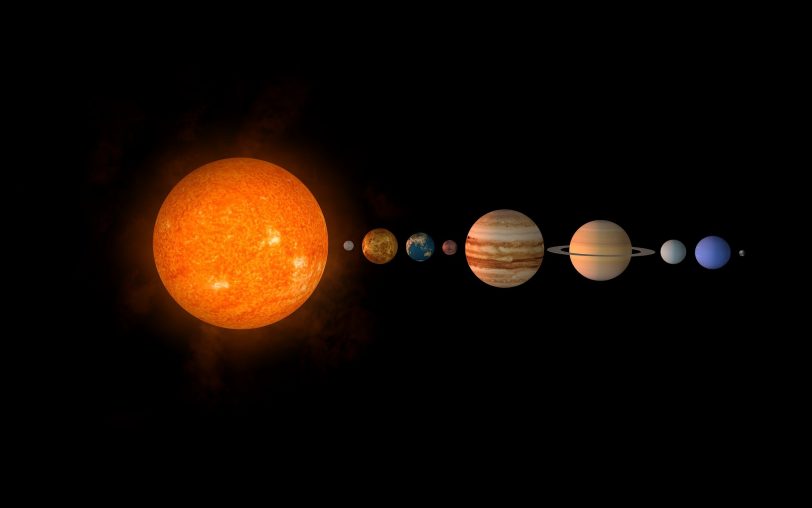
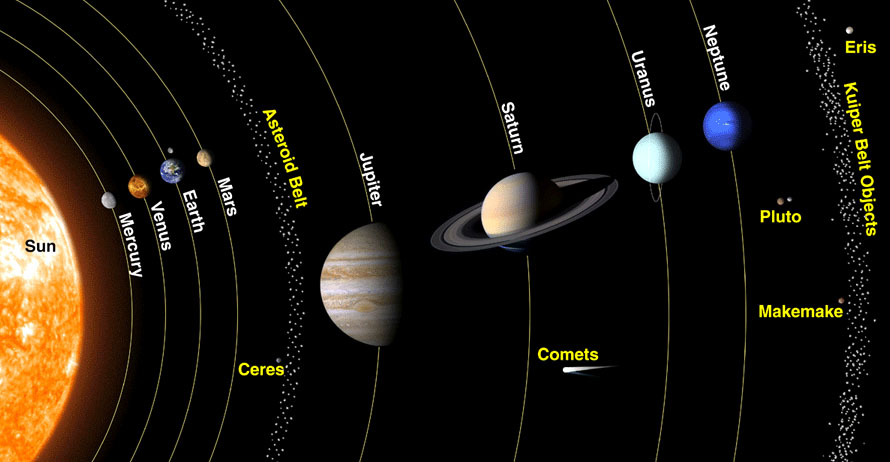
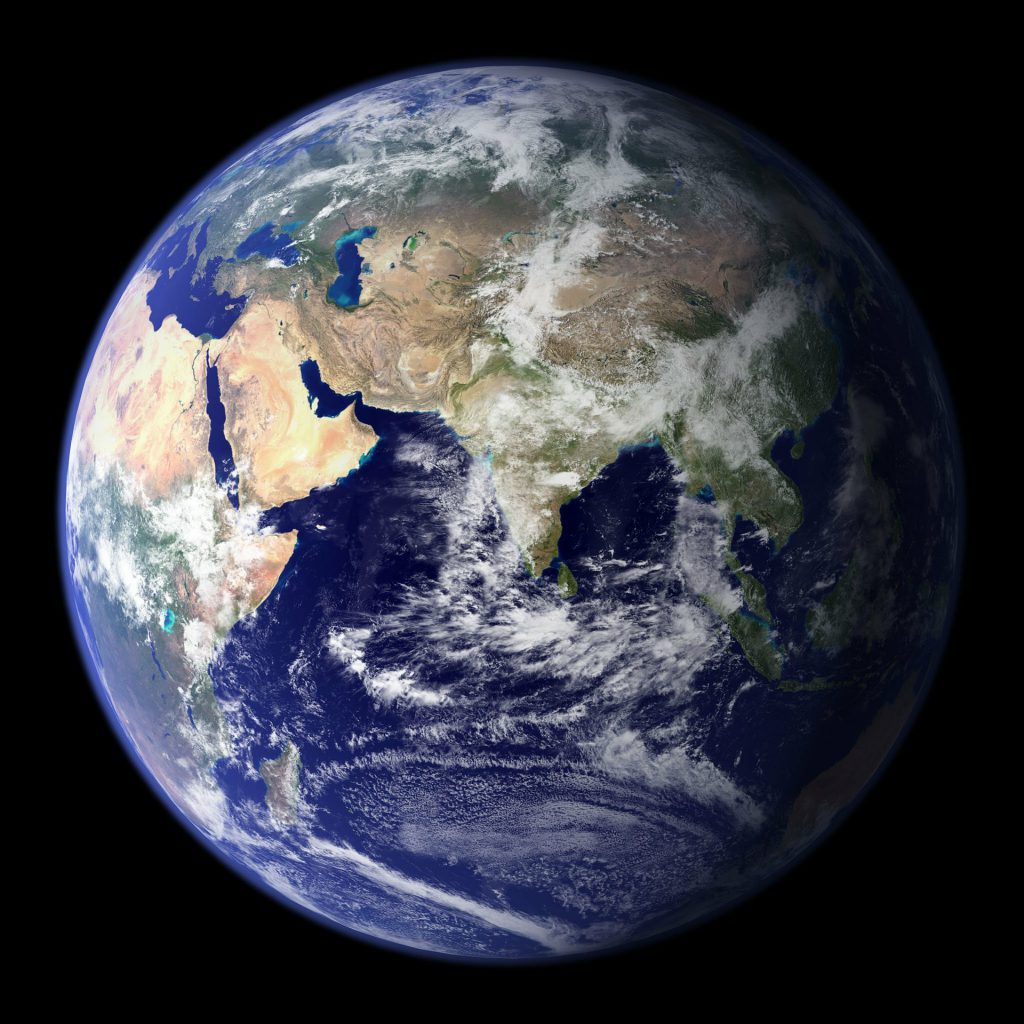
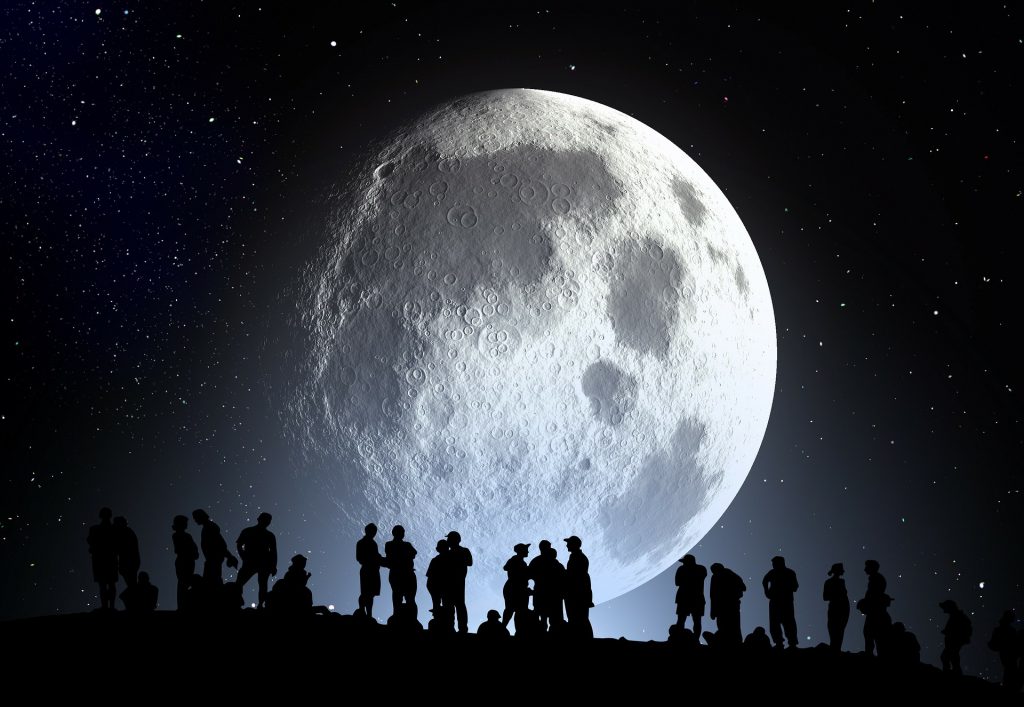




I’m glad I found this site. It’s a good place to come and learn all about the universe. I browsed quite a bit and found interesting and useful information. I especially loved the video on why we can’t find life in other planets. I’m going to bookmark this site for my kids. Is it possible to add more videos to help children?
Hey Sandy
Thank you for the positive and supporting words! I definitely now got the idea to put “ videos” in the Category section and start uploading more videos like that.
Many hugs
I think it’s interesting how much this subject has changed over the years as our technology grows and allows us to better measure the universe. And yet we still can’t space travel quite like I think we expected to – at least as it played out in science fiction stories. I’m kind of curious why exactly the moon is not considered a planet. Does it have something to do with the atmosphere or how it orbits our planet? I’m guessing there must be a technical way to classify a moon differently than a planet, other than size.
That’s right Jamie, and the information for the Solar System will keep changing with the years much more! Unfortunately the distances are so vast out there and we awe still very far from the moment of space traveling. May be in the next 200 years…
The Moon can not be classified as a Planet because is …moon, which means it does’n orbit the Sun, but a Planet or planetary object. So, yes, is about the orbit. Only the ones orbiting the Sun can be Planets 🙂 Not very faire, isn’t!
Thanks for Comment!
My oldest daughter is learning a little about the solar system in grade 6. We test her on her knowledge of planet names and which are closer than others. She came up with Bruno and Mars and we had a great laugh.
I’m bookmarking this page to use it to work with her on the planets and all about them
Bruno Mars :))))))) This is hilarious LOL